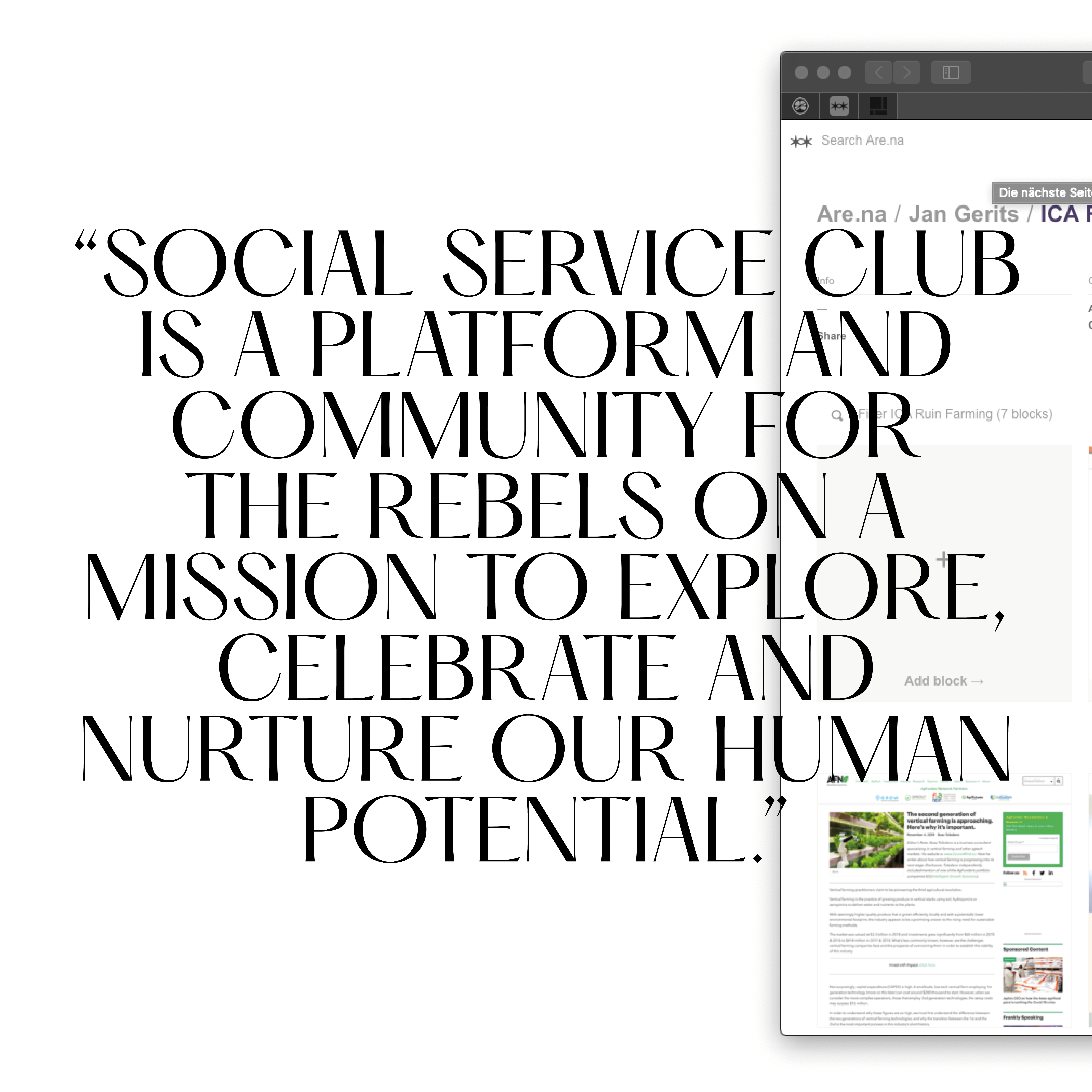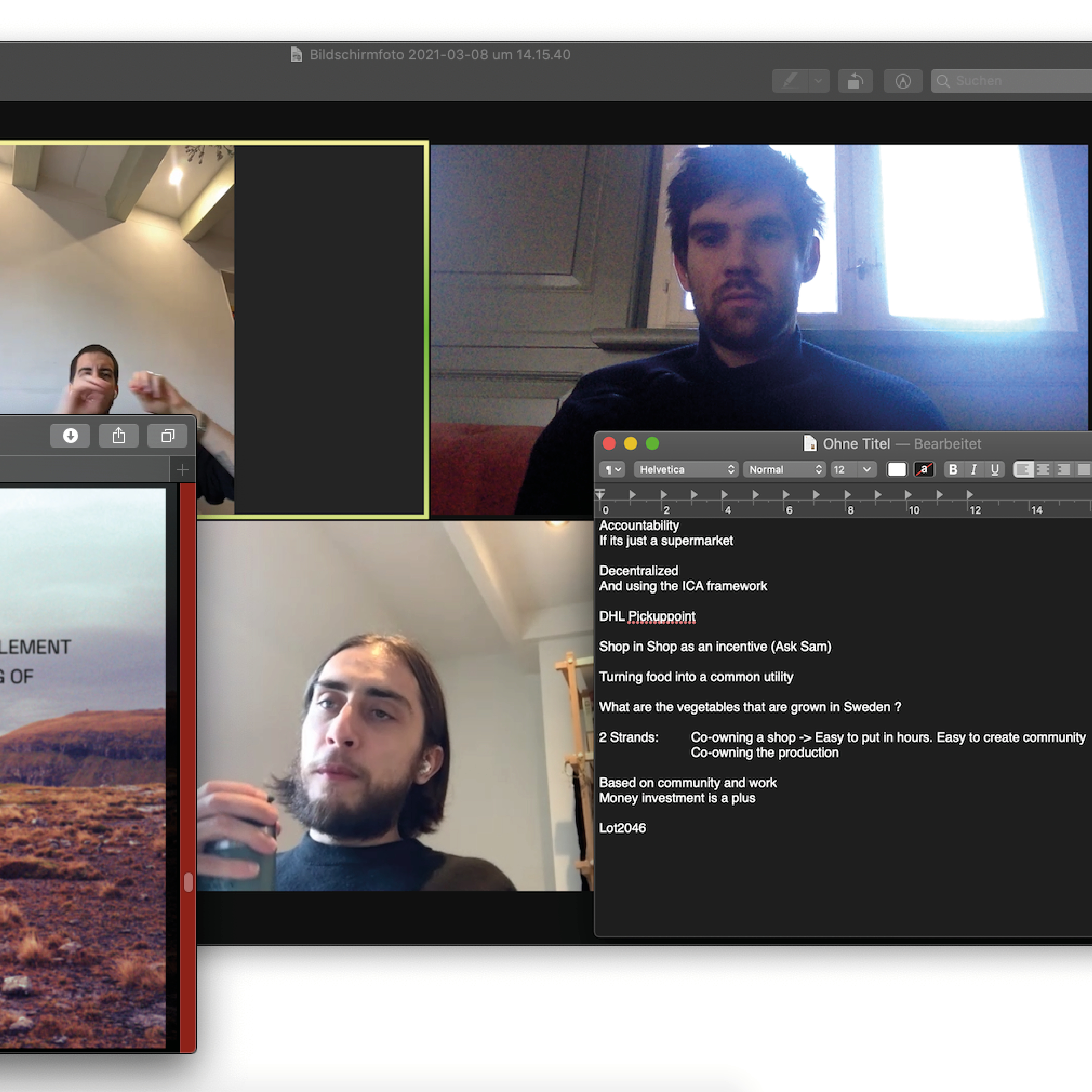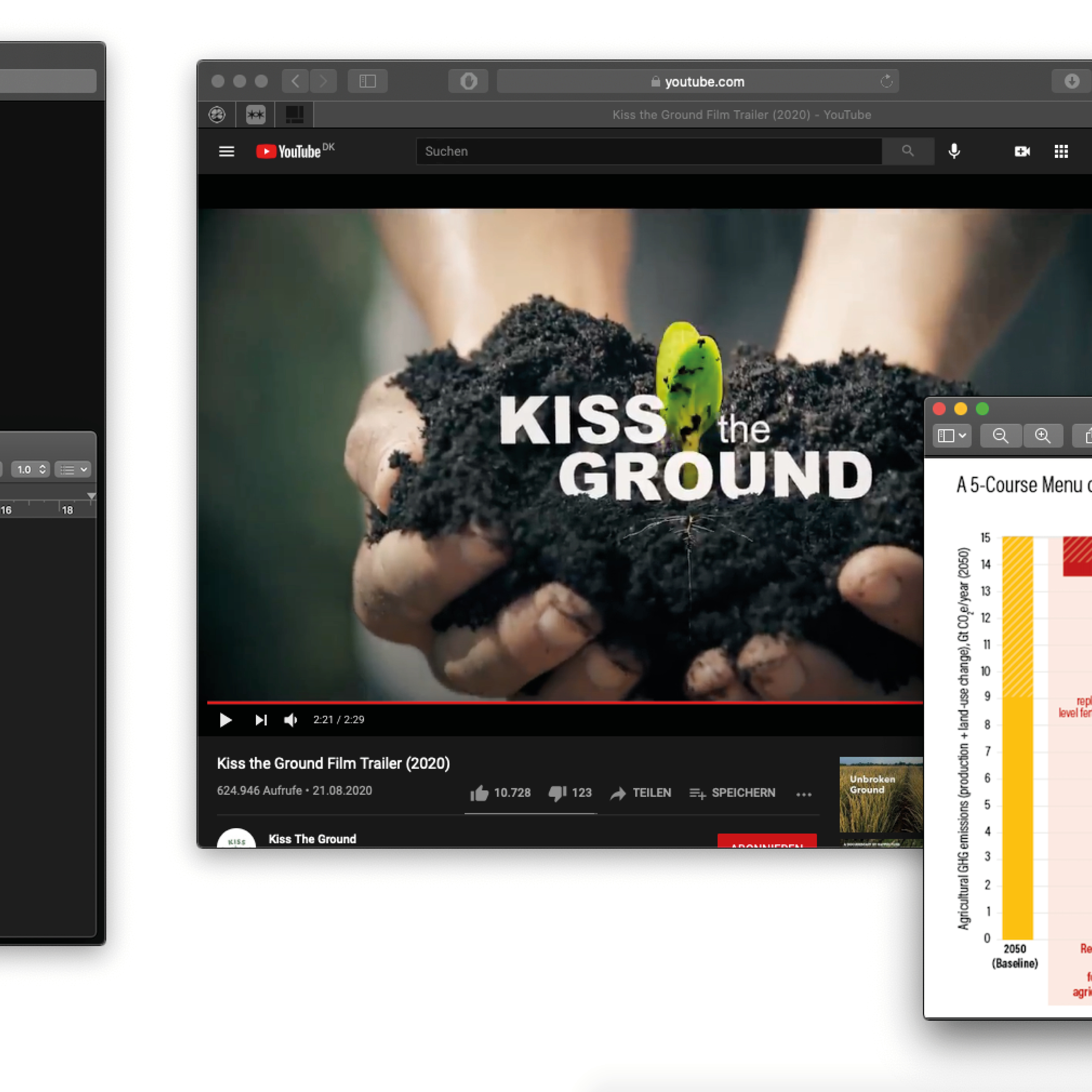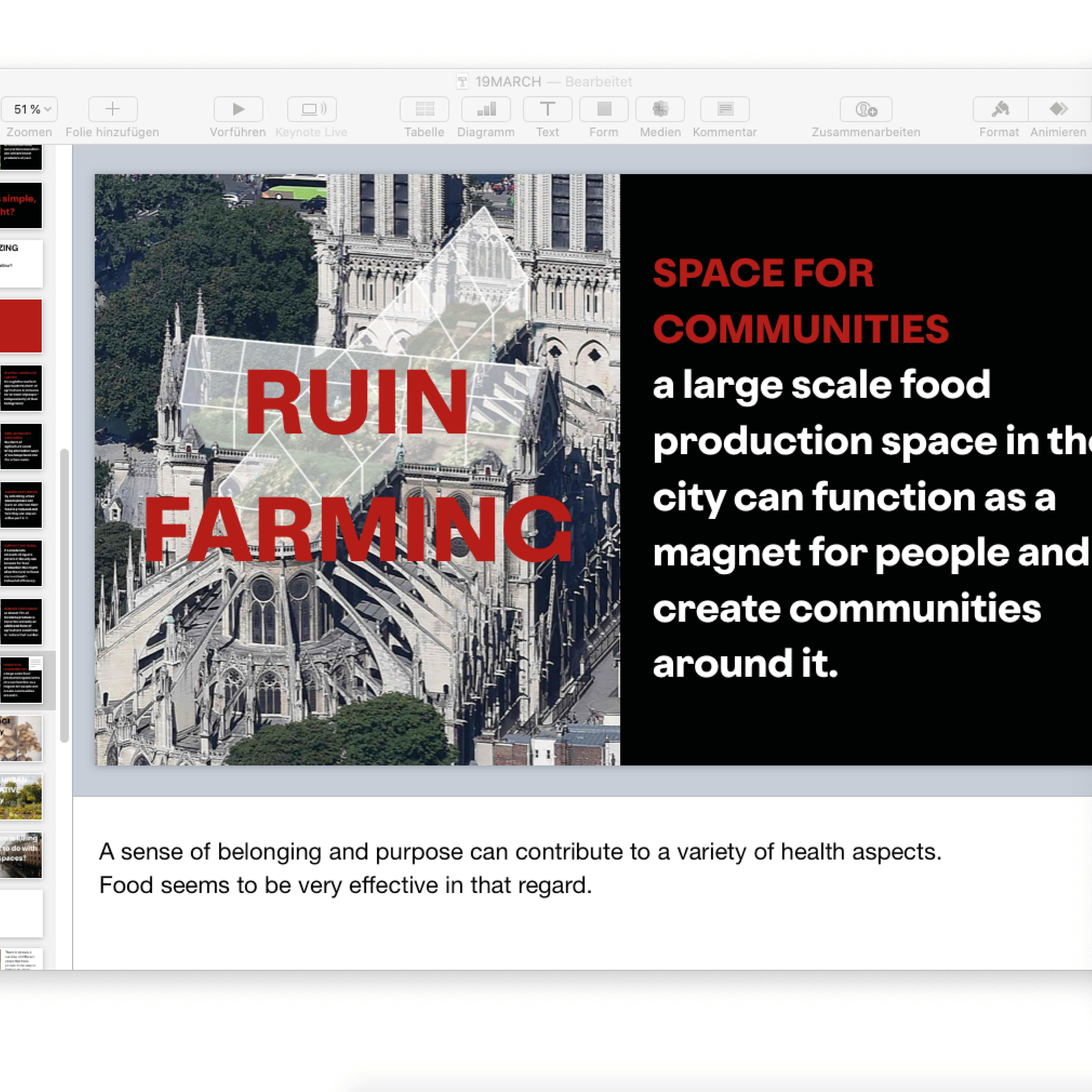
GROUNDING IDEAS IN REALITY
MY RESIDENCY AT THE SOCIAL SERVICE CLUB
The month of march I spent working at the social service club for a residency sponsored by ICA - a Swedish supermarket chain. The brief that all the residents worked on was „how to make one million swedes live healthier“.
Coming from a long process of research I could see that exactly this clash between an academic utopia and the logic of a multinational company could be incredibly productive.
In general the whole experience felt very entangled. A bunch of creatives from a variety of different fields, working on a beautiful farm as the backdrop, on the bleak reality of our broken food system. And all of that is payed for by a supermarket chain that is both the problem but probably also a key to a better future.
So being tossed into that fertile field for intense discussions felt like the grounding process that the project really needed.









A FEW LEARNINGS THAT I WANT TO SHARE
1. Vertical Farming is not the solution to all our problems.
However much the technocrats of our time want to make us believe that growing plants in substrate beds will provide us with a source of endless food - we need to be critical towards that approach. Especially when one considers the importance of soil.
When we eat vegetables we do not only eat a single biological species. We eat thousands of them. Through our food we are provided with microbes that are essential for a healthy diet. And those microbes come from the soil the produce is grown in.
So if we take that assemblage of microbes, insects and inorganic material away from the plants we eat this might have consequences for our collective health. This does of course not mean to abandon these technologies entirely. But what I learned here is that we need to critically assess them and find those applications where they can actually contribute to a sustainable way of living for all species involved.
2. Co-operatives as a first step towards leveling the playing field
When talking about plants that own themselves and are represented through a surrogate AI operating through a SmartContract on the Ethereum network people tend to shut off and think about the more pleasant things in life. That is something that I had to learn painfully throughout a number of conversations about the project.
So even though I still believe that the ultimate goal is to arrive at a future in which plants actually make decisions by themselves I have accepted that there needs to be an intermediary step towards this reality first. And here the concept of a shared ownership model might be the key.
The inspiration for that idea came through a number of conversations with Marc Vermeeren and Bryan Wolff from Decentralized Agency. Together with the two we imagined an adapted franchise concept for ICA that would grant ownership of a store not to a single person but to a multi-species community.
So whereas an ICA Supermarket is normally built by the larger brand and then slowly taken over by a single shop owner over the case of 5 years we imagined a store that is slowly taken over by a community. And that community does consist of humans and non-humans that share the power to make decisions over the future of the shop.
3. A key aspect of urban farming is its function as an interface
One of the most frequent questions that I was asked throughout my process was in how far farming in the urban fabric could have an impact on the consumer. As agriculture in the rural would obviously still account for the majority of the produce in the future the question is of course highly relevant.
The answer to it might be best explained through a case study of urban farming and how it functions as an interface for sustainable agriculture. During the residency I got the possibility to interview Livia Haaland (co-founder of Østergro) and ask her about her experience with that conundrum. Her answer was that her project has put an emphasis on community and awareness before actually providing all the nutrition that the urban consumer needs.
So it is about producing food in the city but it is much more about educating people around food in general. So besides producing their own vegetables the key for them is to work together with farmers that practice sustainable and regenerative agriculture and to give them visibility and a connection to the consumers in the city.
4. Vacant retail spaces might be the perfect testing ground for an entangled agriculture
One of the biggest concerns that ICA voiced during our conversations was the fact that online retail is on a massive incline accelerating significantly in the last year due to the pandemic. So especially those generic spaces for consumption that have focused on convenience and affordability are out-scaled by the rise of online shops. Hence malls, supermarkets and high streets are facing increasing vacancy rates over the next years. Whereas ICA was rather concerned about this development I would see this as a large potential for an entangled agriculture. Using those spaces that are central and attract a variety of people for urban farming might give an additional dimension to the process towards more awareness in food production.